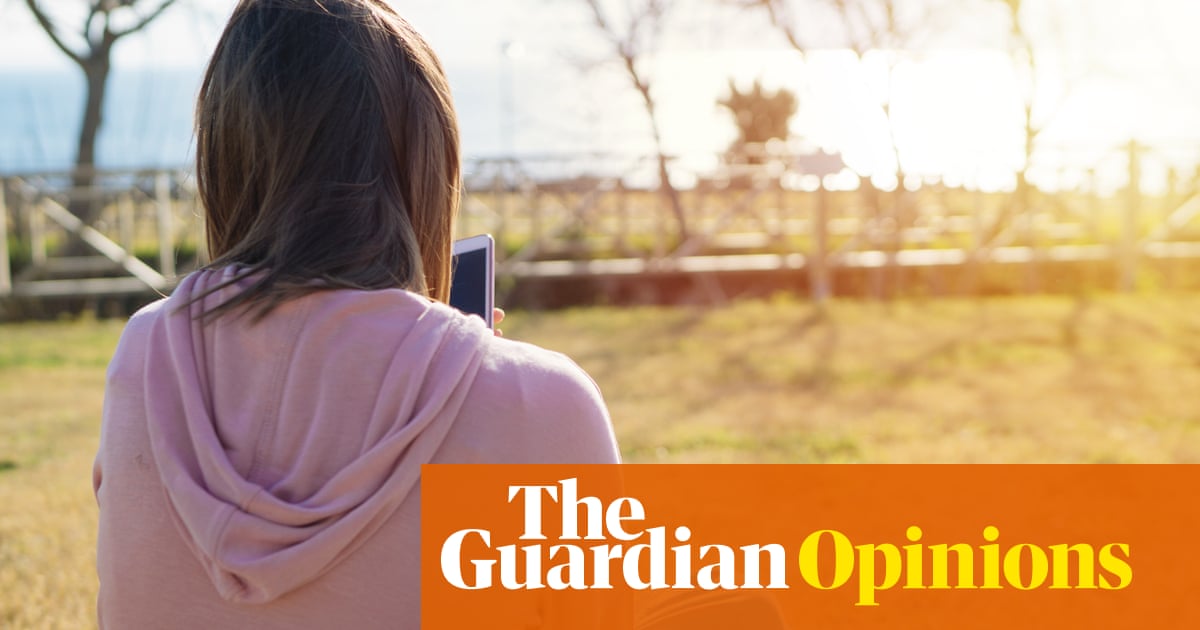
he day I gave birth, there were 24 people in the room, most of them fascinated medical students. At 10.11am they watched as my daughter, Bonnie, came into the world, and five minutes later they saw Watson emerge, from my other womb.
The twins were not our first children. Our eldest daughter, Agyness, was born two months early, in 2015, but doctors said early labour was “one of those things”. When I became pregnant with Margot, born six weeks early, in 2017, scans revealed a bicornuate uterus, which means it’s heart-shaped. But no one spotted the second one.
Our pregnancy with the twins was unplanned. My bump was much bigger than with my previous pregnancies, and Agyness joked that there were two babies. My nan was a triplet and my partner, Josh, has identical twin cousins, but still, when I saw twin heartbeats at my 12-week scan, I was shocked.
The sonographer revealed that I not only had two babies but two wombs. She said she had never seen a pregnancy like it in her 30-year career; the consultant had heard about it only in textbooks. I could hear nurses talking about it in the corridor. I discovered that one in 30,000 women, like me, have two wombs and two cervixes – a congenital condition called uterus didelphys. But conceiving a twin in each is practically unheard of.
I was on my own when they told me, as Covid restrictions meant that Josh and the girls had to wait for me in the car. I was taking longer than they were expecting, and heard text messages pinging, but couldn’t reach my phone.
When I got to the car and handed Josh two scans (twin one and twin two, each in their own womb) he swore. We couldn’t stop laughing, at that point oblivious to the huge risk involved. My mum started Googling the probability of carrying twins in two wombs; doctors have since told us it’s one in 50 million.
We had to drive from our home in Essex to London for weekly specialist appointments. Josh had to wait in the car each time, which we found hard. The pregnancy was very high risk because so much was unknown, with only a handful of recorded instances, each very different. I could go into labour any time from 20 weeks.
I was told I could lose one or both babies, and was given the option of terminating one in the hope of improving the chances for the other. I had no intention of doing that, but I was choked and afraid on hearing how high the stakes were. No mother wants to be faced with a decision like that.
I had a scan every fortnight and was told that I might have to have two separate labours. I was signed off work (I fill shelves in Tesco) at my consultant’s request. I struggled to sleep throughout the pregnancy, and with every twinge, wondered if I was going into labour. I was anxious and exhausted.
In the end, most things went to plan. The twins arrived by planned C-section at 35 weeks on 23 October last year. Watson spent 24 hours in special care, but otherwise they were perfectly healthy. We spent a week in hospital. Josh, who works for a plumber’s merchant, got only two days off, so it’s been all hands on deck.
We always wanted a big family. There are now six of us in a two-bedroom terrace, so we just embrace the chaos. We’ve not ruled out more kids, but I like even numbers – so it may have to be twins again.
We’ve been asked if our story can be used in a medical journal. It’s funny to think that one of our children could become a midwife or doctor and learn about their family as a case study. My doctors still don’t know why no one noticed the condition earlier, but then, you can’t find what you’re not looking for: it can be difficult to spot even during pregnancy. In some ways, not knowing with my previous pregnancies was a blessing; I’d have worried more.
Josh proposed last month, at home, on my 29th birthday, with the kids all around us and one on his knee. I can’t wait to spend the rest of my life with him in this house full of personalities. It’s chaotic, but you never feel lonely.
As told to Deborah Linton
Do you have an experience to share? Email experience@theguardian.com












